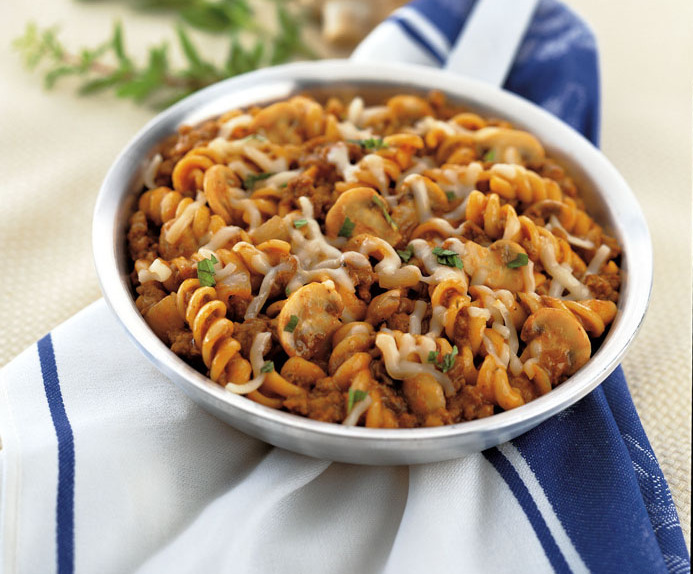Pinching pennies and trimming expenses is a daunting, but necessary, task
. Thankfully stretching your food dollar doesn't mean sacrificing taste or nutrition. To help you make the most of your food budget here are a handful of helpful tips from the aisles of the grocery store to the kitchen. Saving money never tasted so good!
- CHECK FLYERS – Browse weekly grocery flyers for the best deals from store to store. While it is not useful or reasonable to shop at four different stores, one might have the most savings on items you need for the week. Use coupons only for items you would be purchasing normally, otherwise they aren't saving you any money. Stock up on frequently used pantry items, such as canned goods, rice or pasta when on sale.
- STICK TO THE LIST – Straying from the grocery list adds dollars to the bill and fast. Impulse purchases can be among the most expensive purchases in the cart. Follow the list to a tee, even going so far to avoid aisles that don't have anything you need for the week.
- BIGGER NOT ALWAYS BETTER – Buying in large volume isn't always the most economical way to go. Compare unit prices (located in small print on the price signs) to help determine which size is the best deal. Also consider whether you need the large amount, or if any will go to waste.
- BUY LOCAL – Local and in season produce is often less expensive than the imported and out of season counterpart. Look for farmers markets and farm stands in your area to help save food dollars. Buying directly from farmers can help reduce grocery bills.
- TAKE STOCK – Before heading to the checkout take a quick inventory of the contents of your cart. Do you really need that giant bag of candy, or the extra large bags of chips or cookies? While these items may have a particular appeal, they are also adding lots of dollars to your bill.
- DIY PREP – Pre-cut vegetables and fruit salads are far more expensive than whole fruits and vegetables. Save your money buy doing the chopping at home. If time is also an issue, spend one evening chopping and preparing resealable containers of vegetables and fruits to get you through the week.
- GO MEATLESS – Going meatless just once or twice a week can drastically reduce food costs. Pastas, hearty soups or bean-based recipes are suitable to meat-free cooking, and may even become new family favourites. If meatless is not an option, consider less expensive cuts of meat and buying bone-in, skin-on chicken.
- REDUCE WASTE – Throwing out food is like throwing out money. Transform leftovers into simple lunches the next day or another dinner later in the week. At the end of the week, make a simple soup or stew using up odds and ends in the crisper.
- COOK! – One of the easiest and best ways to stretch your food dollar is to cook at home. Take-out meals and lunches on the go add up as the week goes on. Spending time in the kitchen means healthier meals, saving money and, best of all, good time and memorable moments! Here are some budget-friendly recipes to help you save your money.

